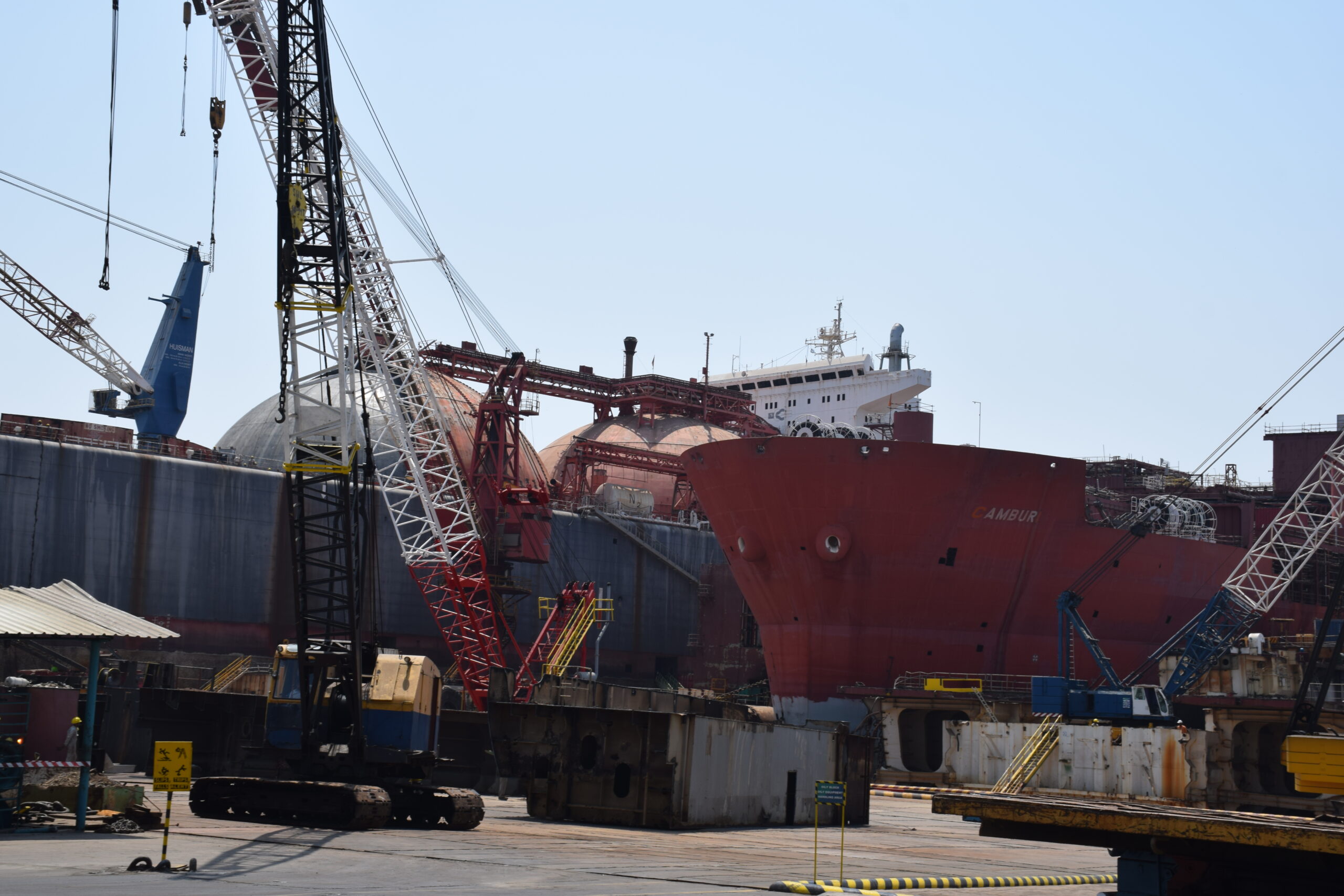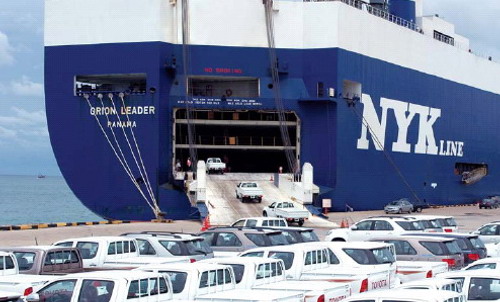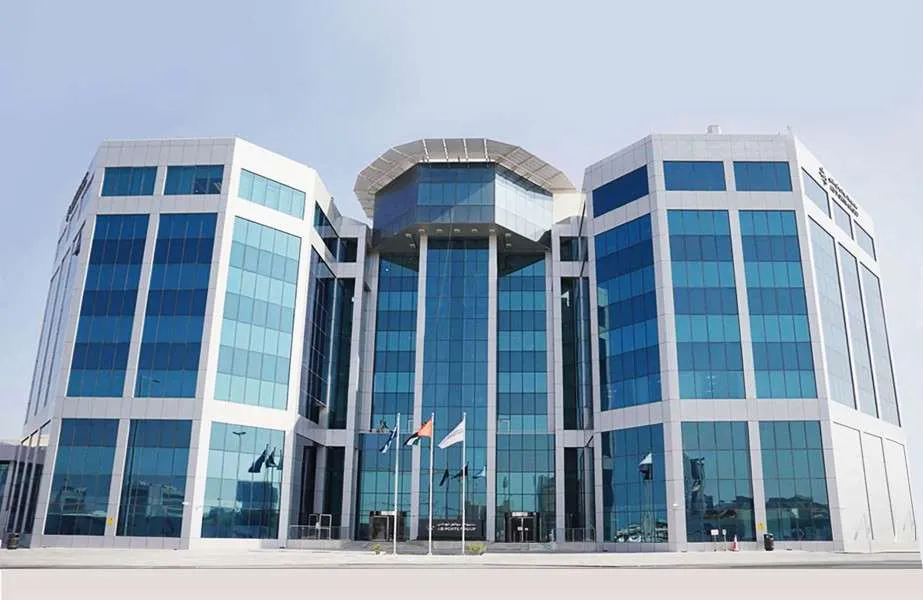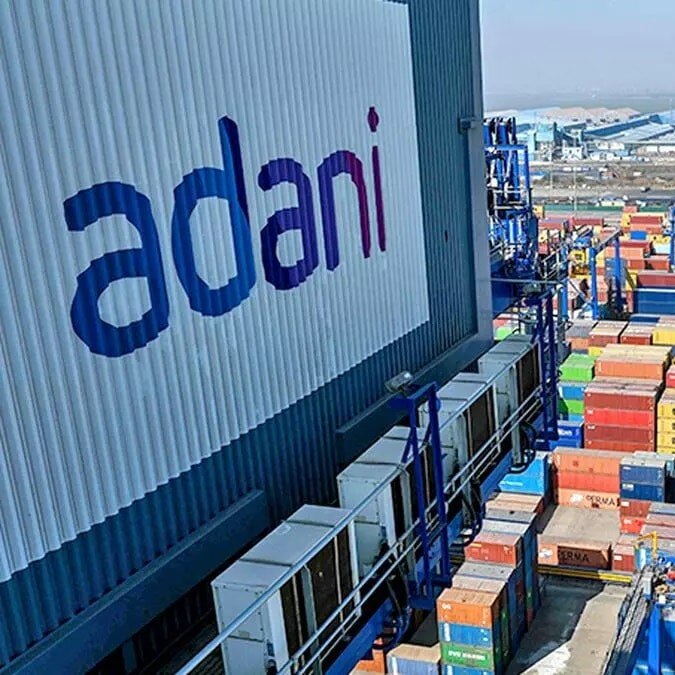Rising Tensions in the South China Sea: US Condemns China After Collision with Philippines
The South China Sea, a vital waterway rich in resources, has become an increasing flashpoint for conflict. On Monday, a collision between a Chinese vessel and a Philippine supply ship near the disputed Second Thomas Shoal in the Spratly Islands sparked tensions between the two nations and drew condemnation from the United States.

Competing Claims and US Involvement
China claims sovereignty over almost the entirety of the South China Sea, despite conflicting claims from several countries, including the Philippines. The Philippines, along with the US, has repeatedly challenged these claims. The US has a mutual defence treaty with the Philippines, obliging them to assist if either is attacked by a third party. This treaty, along with the recent collision, highlights the potential for the US to be drawn into a wider conflict.
The Collision and Blame Game
Both China and the Philippines blamed each other for the incident. The US, siding with the Philippines, condemned China’s “aggressive, dangerous manoeuvres” that allegedly caused injuries and damage to Philippine vessels. The Philippines accused China of “dangerous maneuvers” including ramming and towing their ships. China, on the other hand, claimed the Philippines ignored warnings and deliberately approached their vessel, causing the collision.
History of Confrontations and a Controversial Law
This collision is not an isolated event. Recent years have seen a rise in confrontations between China and the Philippines in the South China Sea, raising concerns about a potential international incident. This incident also comes just days after China implemented a new law authorizing its coast guard to seize foreign ships and detain crews suspected of trespassing in Chinese-claimed waters, a move that has been met with criticism.
The Philippines’ Position
The Philippines maintains that the collision occurred within their exclusive economic zone, a zone recognized by international law that extends 200 nautical miles from their coastline. They see China’s presence in this area as a violation of their sovereignty and sovereign rights.
China’s Actions and International Tribunal Ruling
China has consistently disregarded a 2016 international tribunal ruling that declared China’s historic claims to most of the South China Sea have no legal basis. Since then, China has been increasingly assertive in pressing its territorial claims, deploying coast guard ships and maritime militia to the region.
The BRP Sierra Madre and Resource Dispute
The Philippine supply ship involved in the collision was on a mission to deliver supplies to the BRP Sierra Madre, a Philippine Navy landing craft deliberately run aground on Second Thomas Shoal in 1999 to assert their territorial claim. This shoal, rich in potential oil and gas reserves, is claimed by both China and the Philippines, along with several other countries.
Differing Responses from Philippine Officials
In a departure from past practice, Philippine officials refrained from providing details about the collision or releasing visuals. Instead, they issued broad statements condemning China’s actions and highlighting the threat they pose to regional peace and stability.
Conclusion
The collision in the South China Sea underlines the high tensions simmering in the region. The US involvement and China’s growing assertiveness raise concerns about a potential escalation into a wider conflict. With both sides unwilling to back down, the South China Sea remains a potential flashpoint for future confrontations.
Disclaimer:
Hey there! Just a heads-up: the stuff you find on this website is meant for general info only. We try our best to keep it accurate and up-to-date, but we can’t guarantee it’s always perfect. We’re not making any promises about how complete, accurate, reliable, suitable, or available the info, products, or services on here are for your needs.
So, if you decide to rely on any of this info, just know it’s at your own risk. We’re not responsible for any losses or damages that might happen because of using this website, whether it’s indirect, consequential, or anything else. That includes things like losing data or profits. Thanks for understanding!
Author: shipping inbox
shipping and maritime related web portal








